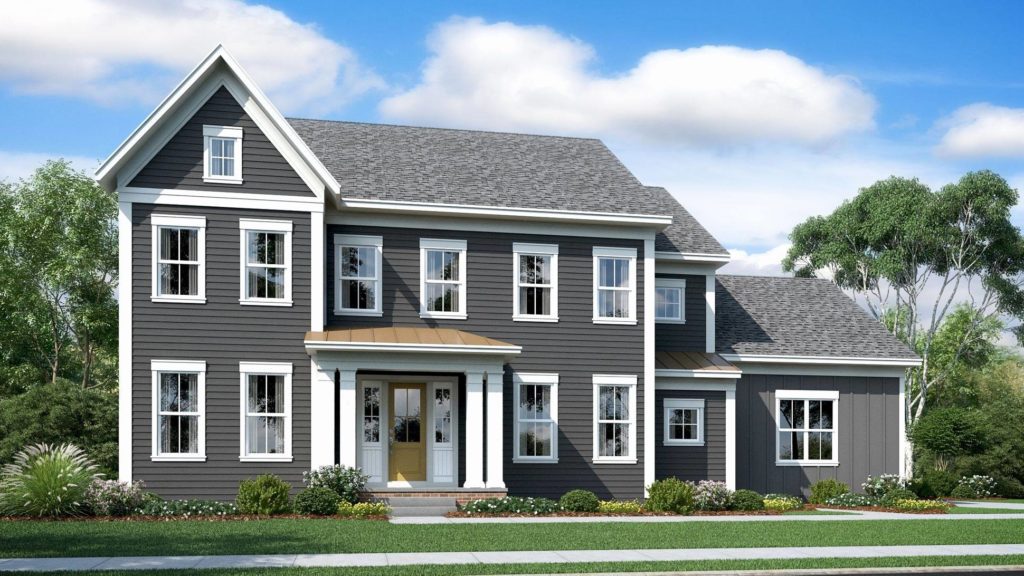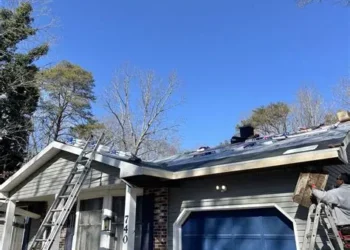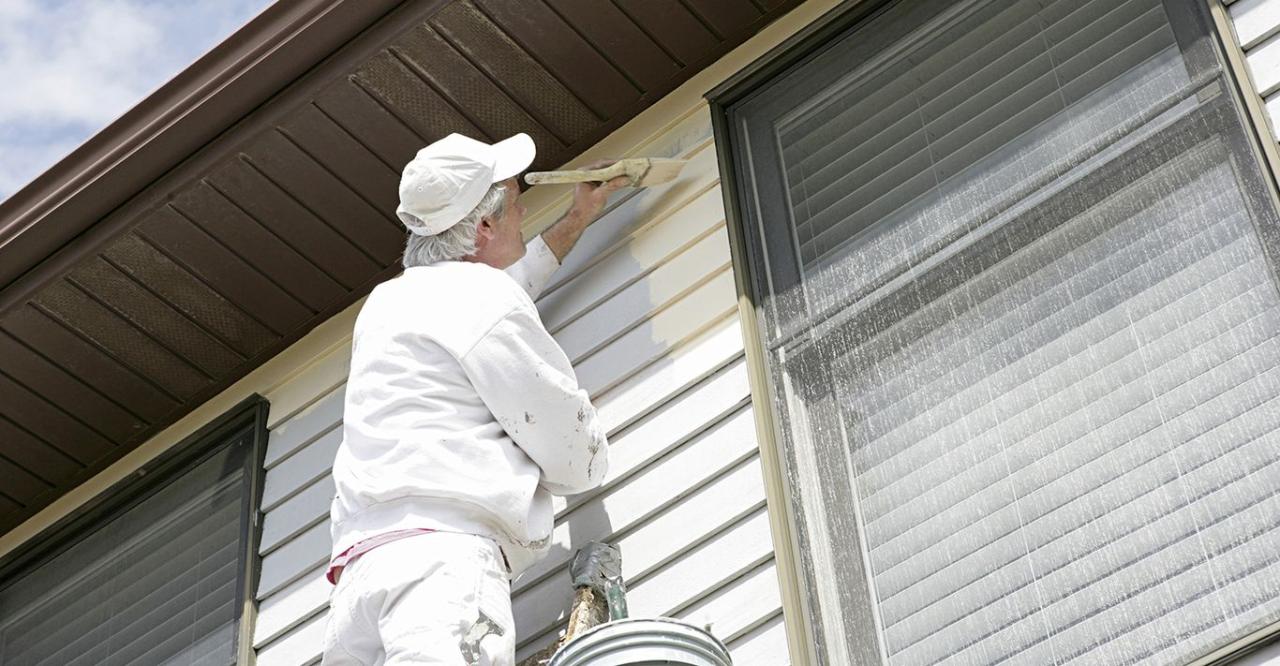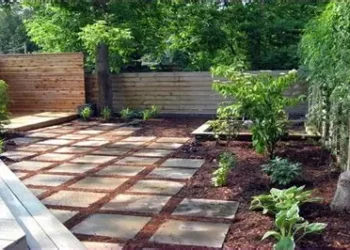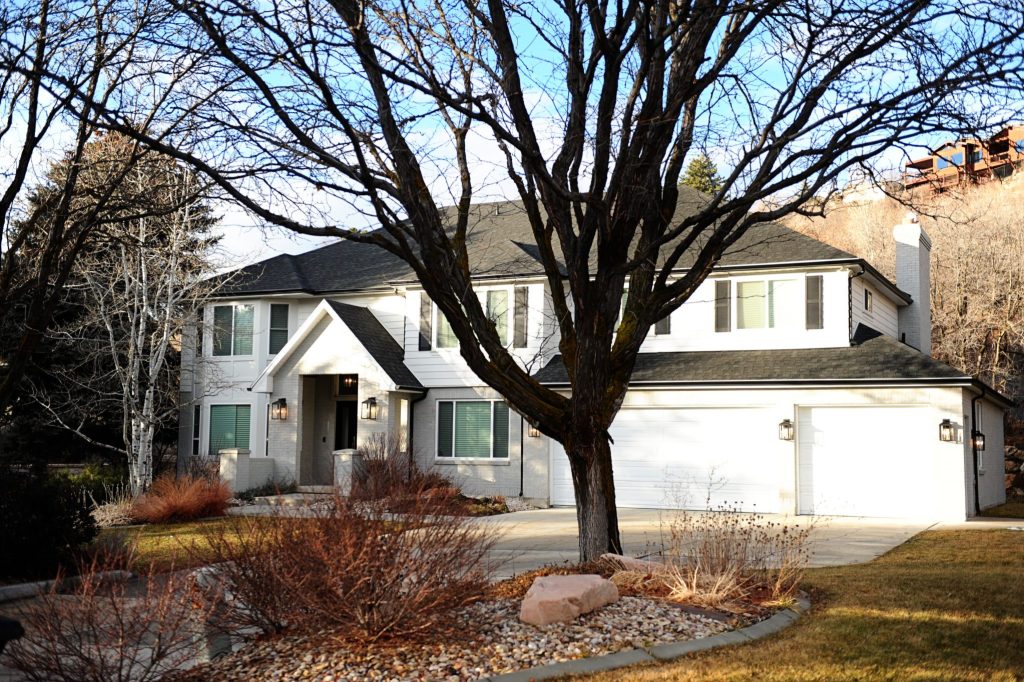Diving into the realm of affordable home siding options, this introduction sets the stage for a deep dive into various materials and design ideas that can transform your home. From cost-effective solutions to creative designs, this guide covers it all in a manner that is informative and engaging.
In the following paragraphs, we will explore different types of siding materials, their benefits, installation tips, and cost-effective design ideas to revamp your home's exterior.
Types of Affordable Home Siding Options
When it comes to choosing affordable home siding options, there are several materials to consider. Each material has its own cost, durability, and maintenance requirements. Let's explore five common types of affordable home siding options:
Vinyl Siding
Vinyl siding is one of the most popular and affordable options for homeowners. It is cost-effective, durable, and requires minimal maintenance. Vinyl siding is commonly used in residential buildings and can mimic the look of wood, brick, or stone.
Fiber Cement Siding
Fiber cement siding is another affordable option that offers durability and resistance to fire, insects, and rot. While it may require more maintenance compared to vinyl siding, it can last for decades. Fiber cement siding is commonly used in both residential and commercial buildings.
Wood Siding
Wood siding is a classic choice that can add warmth and character to a home. While wood siding is affordable initially, it may require more maintenance over time to prevent rot and decay. Wood siding is commonly used in traditional or rustic-style homes.
Engineered Wood Siding
Engineered wood siding is a more affordable alternative to natural wood siding. It is made from wood fibers and resin, offering the look of real wood at a lower cost. Engineered wood siding is commonly used in modern homes and can be painted or stained to match different styles.
Metal Siding
Metal siding, such as aluminum or steel, is a durable and cost-effective option for homeowners. It is resistant to fire, insects, and rot, making it a low-maintenance choice. Metal siding is commonly used in contemporary or industrial-style buildings.
Benefits of Affordable Home Siding Options
Affordable home siding options offer a range of benefits that go beyond just cost savings. Let's explore how these options can enhance the overall value and sustainability of your home.
Energy Efficiency Advantages
Affordable siding materials such as vinyl or fiber cement can significantly improve the energy efficiency of your home. These materials provide better insulation, which helps regulate indoor temperatures and reduce the strain on heating and cooling systems. As a result, you can enjoy lower energy bills and a more comfortable living environment throughout the year.
Enhanced Curb Appeal
Choosing affordable siding options doesn't mean compromising on aesthetics. In fact, many cost-effective siding materials come in a variety of colors, textures, and styles to enhance the curb appeal of your home. Whether you prefer a modern look or a traditional design, there are affordable siding options to suit every taste and architectural style.
Environmental Benefits
Opting for sustainable and cost-effective siding materials can have a positive impact on the environment. Many affordable siding options are made from recycled or eco-friendly materials, reducing the overall carbon footprint of your home
. By choosing environmentally friendly siding, you can contribute to a greener future while still enjoying a beautiful and durable exterior for your home.
Installation and Maintenance Tips
When it comes to affordable home siding options, proper installation and maintenance are key to ensuring the longevity and quality of your siding. Here are some tips to help you with the process.
Step-by-Step Installation Guide
- Start by preparing the surface where the siding will be installed, ensuring it is clean and free of any debris.
- Measure and cut the siding panels to fit the dimensions of your home, making sure to leave room for expansion and contraction.
- Begin installing the siding from the bottom up, ensuring each panel is level and securely attached.
- Use the appropriate fasteners for the type of siding you are installing, following the manufacturer's guidelines.
- Finish the installation by adding trim pieces and caulking any gaps to ensure a weatherproof seal.
Maintenance and Preservation Tips
- Regularly inspect your siding for any signs of damage, such as cracks, warping, or discoloration, and address them promptly.
- Clean your siding at least once a year using a mild detergent and a soft brush or cloth to remove dirt, mold, and mildew.
- Consider applying a protective coating or sealant to help prolong the life of your siding and enhance its resistance to the elements.
- Trim any overhanging tree branches or bushes that could potentially damage your siding during storms or high winds.
Common Issues during Installation and Maintenance
- Improper installation can lead to water infiltration, which can cause mold and rot to develop behind the siding.
- Failure to maintain your siding can result in premature deterioration and the need for costly repairs or replacement.
- Extreme weather conditions, such as hail or strong winds, can damage siding materials and require immediate attention.
- Insect infestations, such as termites or carpenter ants, can also pose a threat to the integrity of your siding if not addressed promptly.
Cost-Effective Design Ideas
When it comes to enhancing the visual appeal of a home using affordable siding, there are several creative design ideas that can make a significant impact without breaking the bank. By exploring color choices, patterns, and combining different siding materials, you can achieve a unique and cost-effective exterior design that stands out in your neighborhood.
Color Choices and Patterns
- Opt for neutral colors like beige, gray, or light blue that are timeless and versatile, allowing you to easily update other elements of your home's exterior in the future.
- Consider adding a pop of color with vibrant accents on doors or shutters to create visual interest without overwhelming the overall design.
- Experiment with different siding patterns such as board and batten, shiplap, or vertical panels to add texture and dimension to your home's facade.
Combining Different Siding Materials
- Mix and match siding materials like vinyl, wood, and fiber cement to create a dynamic and visually appealing exterior that showcases your personal style.
- Use stone or brick veneer accents strategically to add a touch of elegance and sophistication to your home without the high cost of full masonry construction.
- Consider combining horizontal and vertical siding for a modern and eye-catching look that adds architectural interest to your home.
Concluding Remarks
As we wrap up our discussion on affordable home siding options, it's clear that with the right choices, you can elevate your home's aesthetics, energy efficiency, and overall value without breaking the bank. Whether you opt for durability, sustainability, or a mix of both, the possibilities are endless when it comes to siding your home affordably.
Questions Often Asked
What are the most common types of affordable home siding materials?
Common types include vinyl, fiber cement, wood, metal, and engineered wood.
How can affordable siding options enhance the curb appeal of a home?
Affordable siding materials offer various colors and textures that can instantly boost a home's visual appeal.
What are some cost-effective design ideas for home siding?
Consider mixing siding materials, playing with colors, and incorporating unique patterns to create a visually striking exterior.

